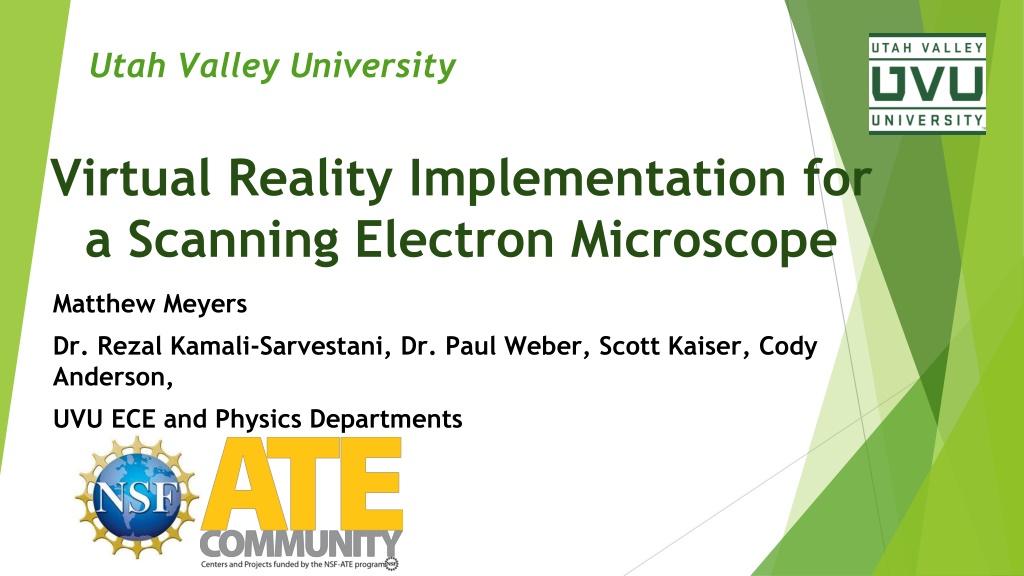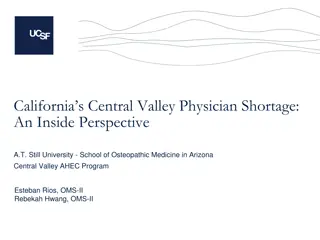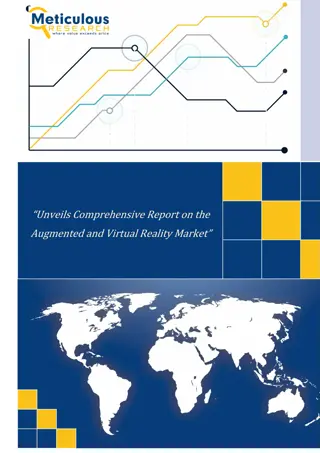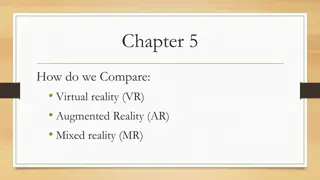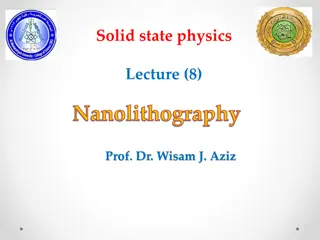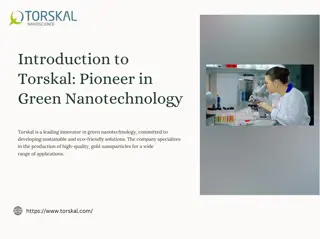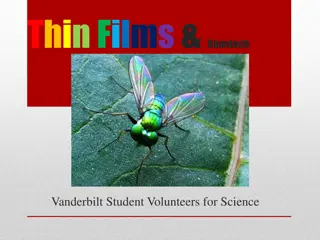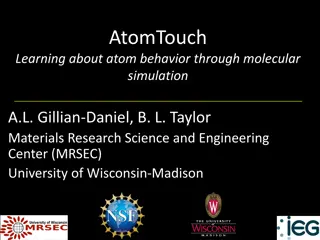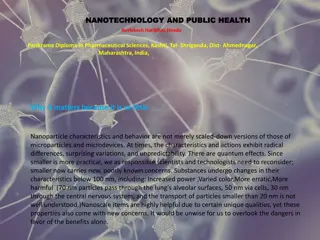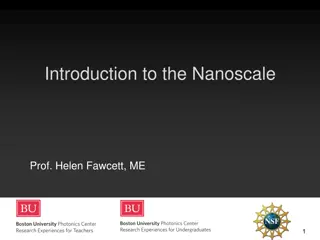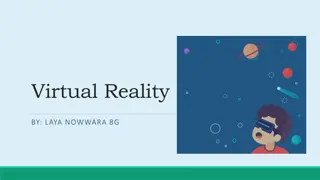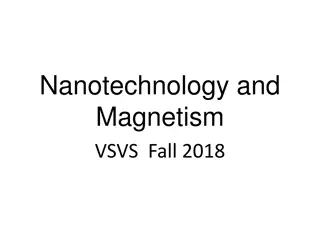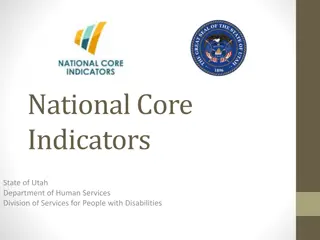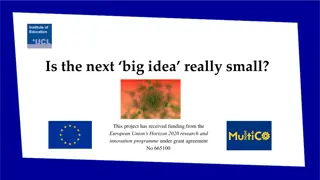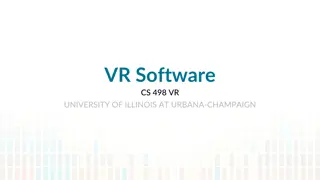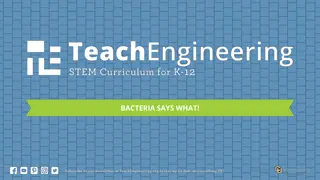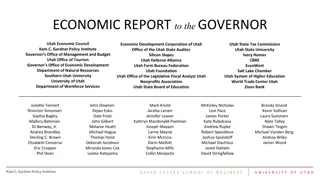Utah Valley University - Virtual Reality Implementation for Nanotechnology Education
Utah Valley University (UVU) introduces a nanotechnology course this fall, leveraging VR simulations to train students in nanofabrication and characterization techniques such as photolithography, electron beam lithography (EBL), sputtering, and microscopy. The VR simulations help students familiarize themselves with equipment, reduce intimidation, enhance understanding, and prevent costly mistakes. While VR offers advantages in visualizing nanoscale phenomena and being cost-friendly with low risks, it also faces limitations in realism, dexterity, and potential for disorientation. The course includes simulations on photolithography, SEM operation, plasma etching, sputter deposition, and a tour of a nanomanufacturing facility.
Download Presentation

Please find below an Image/Link to download the presentation.
The content on the website is provided AS IS for your information and personal use only. It may not be sold, licensed, or shared on other websites without obtaining consent from the author. Download presentation by click this link. If you encounter any issues during the download, it is possible that the publisher has removed the file from their server.
E N D
Presentation Transcript
Utah Valley University Virtual Reality Implementation for a Scanning Electron Microscope Matthew Meyers Dr. Rezal Kamali-Sarvestani, Dr. Paul Weber, Scott Kaiser, Cody Anderson, UVU ECE and Physics Departments
The course: This Fall UVU is introducing a nanotechnology course: Lectures once a week - Labs once a week - VR simulations Introduces elements of nanotechnology fabrication (photolithography, EBL, sputtering, etching) and characterization (microscopy, and SEM) -
VR Simulations Goals 1) Train students in the exact equipment they will be using for labs 2) Students won t be intimidated by new equipment on first encounter 3) Students will have a stronger sense of how it works beforehand 4) Students will avoid costly mistakes that lose time and/or damage equipment
VR Strengths Visualize things that cannot be seen in the real-world Cost friendly - institutions that cannot afford nanotechnology machinery can afford VR Low risk - no worry about students being exposed dangerous chemicals or damaging costly equipment
VR Weaknesses Restricted by currently available technology Lack of true realism due to processing time/power - It can be difficult to read - Lack of dexterity due to need to use controllers - Some forms of movement can cause motion sickness Loss of real-world awareness carries risks of injury Walking into wall, etc. - -
Types of Simulations 1) Photolithography - use of spin coater, photoresist, preparation of wafer sample, exposing pattern, developing 2) SEM - use of scanning electron microscope 3) Plasma Etching - use of plasma etching machine to remove material from sample 4) Sputter Deposition - operation of two-stage vacuum system, diffusion pump, creating a thin layer sample coating by sputtering 5) Nanomanufacturing Facility Interior - tour of facility based on I.M. Flash in Lehi, UT
SEM Simulation SEMforAAPT.mp4
Conclusion UVU is using virtual reality in its nanotechnology education in order to help more students prepare for using the real world machines while reducing risks, increasing lab safety, and providing relevant experience that will help them further their goals. Than Dr. Reza Kamali-Sarvestani and Dr. Paul Weber THANK YOU! Grant 1700695
